Summary
- Mobile games evolved beyond distractions, with beloved franchises adapting to mobile devices successfully.
- Hitman Go creatively reinterpreted stealth-action roots through turn-based puzzles and diorama board design.
- Pokemon GO broke reality, becoming a cultural phenomenon with community events, expanded mechanics, and a unique AR experience.
There was a time when mobile games were nothing more than bite-sized distractions — things people played while waiting in line or killing time on a lunch break. But then something shifted. The industry started taking mobile gaming seriously, and with that came a wave of beloved franchises ditching their console-or-PC-only status and moving into the palms of everyone’s hands.

Related
5 Best Mobile Games Like Call Of Duty
Call of Duty: Mobile broke records on the iOS and Android App Stores, so here’s a few more titles just like it in every which way.
Some of these adaptations were clever reimaginings, some tried to condense massive AAA experiences into touchscreen form, and a few managed to become cultural landmarks all on their own. Either way, these mobile spin-offs are proof that big franchises can still leave an impact, even on a five-inch screen.
7
Hitman Go
Assassinations, But Make It Board Game Chic

- Released
-
April 17, 2014
- Developer(s)
-
Square Enix Montreal
- Publisher(s)
-
Square Enix
Before Hitman became the polished trilogy that it is today, there was Hitman Go, a bizarre but surprisingly effective mobile adaptation that looked nothing like its stealth-action roots. Instead of navigating open levels, players moved Agent 47 like a figurine on a diorama board, plotting silent kills through turn-based puzzles.
And somehow, it worked. Each level was a puzzle box where movement paths, enemy patterns, and disguises still played a role, just within a very different structure. Players could still toss distractions, hide in planters, and even time their moves for synchronized takedowns, all represented through clean, almost architectural design.
It didn’t try to recreate the full Hitman experience — it reinterpreted it. And that creative risk paid off, earning praise not just from franchise fans but from puzzle game enthusiasts who appreciated how the core stealth mechanics were translated into logic-based systems.
6
Final Fantasy 15: Pocket Edition
When Royal Roadtrips Get The Chibi Treatment

- Released
-
November 9, 2016
- OpenCritic Rating
-
Strong
There’s something oddly heartwarming about seeing Noctis and the crew reimagined with oversized heads and stubby limbs, but Final Fantasy XV: Pocket Edition was more than just a novelty art shift. Square Enix knew it couldn’t jam the entire open-world RPG into a mobile device, so it didn’t try. Instead, it rebuilt the experience from the ground up with episodic chapters, simplified combat, and a narrative structure that still covered all the major plot beats from the main game.
Even with the cartoonish visuals, the essence of the journey remained. Players still camp under starlit skies, still take on behemoths and magitek soldiers, and still watch that same bittersweet ending play out — just without needing a high-end console to get there.
The mobile version also cleverly trimmed down the side quests, streamlined traversal, and made the whole thing digestible in short bursts. In a way, it turned Final Fantasy 15 into something more tightly curated, making the roadtrip feel a little less sprawling and a bit more personal.
5
Fallout Shelter
Because Even Post-Apocalypses Need Micromanagement

- Released
-
June 14, 2015
- Publisher(s)
-
Bethesda Softworks
- OpenCritic Rating
-
Fair
Fallout Shelter dropped like a surprise nuke during Bethesda’s E3 2015 showcase, and nobody saw it coming. But within days, it was everywhere — on phones, tablets, eventually on consoles — and people were obsessively managing Vault 111 like it was their day job.
The charm of Fallout Shelter was how it took the bleak, irradiated world of Fallout and turned it into a quirky simulation game about resource management, room upgrades, and dwellers with suspiciously high charisma stats. Players sent scavengers to the surface, matched couples to repopulate, and prayed that Radroach infestations wouldn’t break out mid-lunch hour.
What really hooked players, though, was how deep the mechanics went for what looked like a casual mobile game. Dwellers had S.P.E.C.I.A.L. stats that dictated job performance, there were hidden references to lore across the rooms, and legendary characters like Preston Garvey or Three Dog could be recruited if luck (or money) permitted.
It was all very Fallout in tone — equal parts satire and survival — and it quietly became one of Bethesda’s most-played releases.
4
Pokemon GO
When Pikachu Escaped Into The Real World
Pokemon GO didn’t just bring a franchise to mobile — it broke reality. In 2016, Niantic’s AR-powered game made millions of players step outside just to catch a Charmander in their backyard or take over a gym outside the post office.
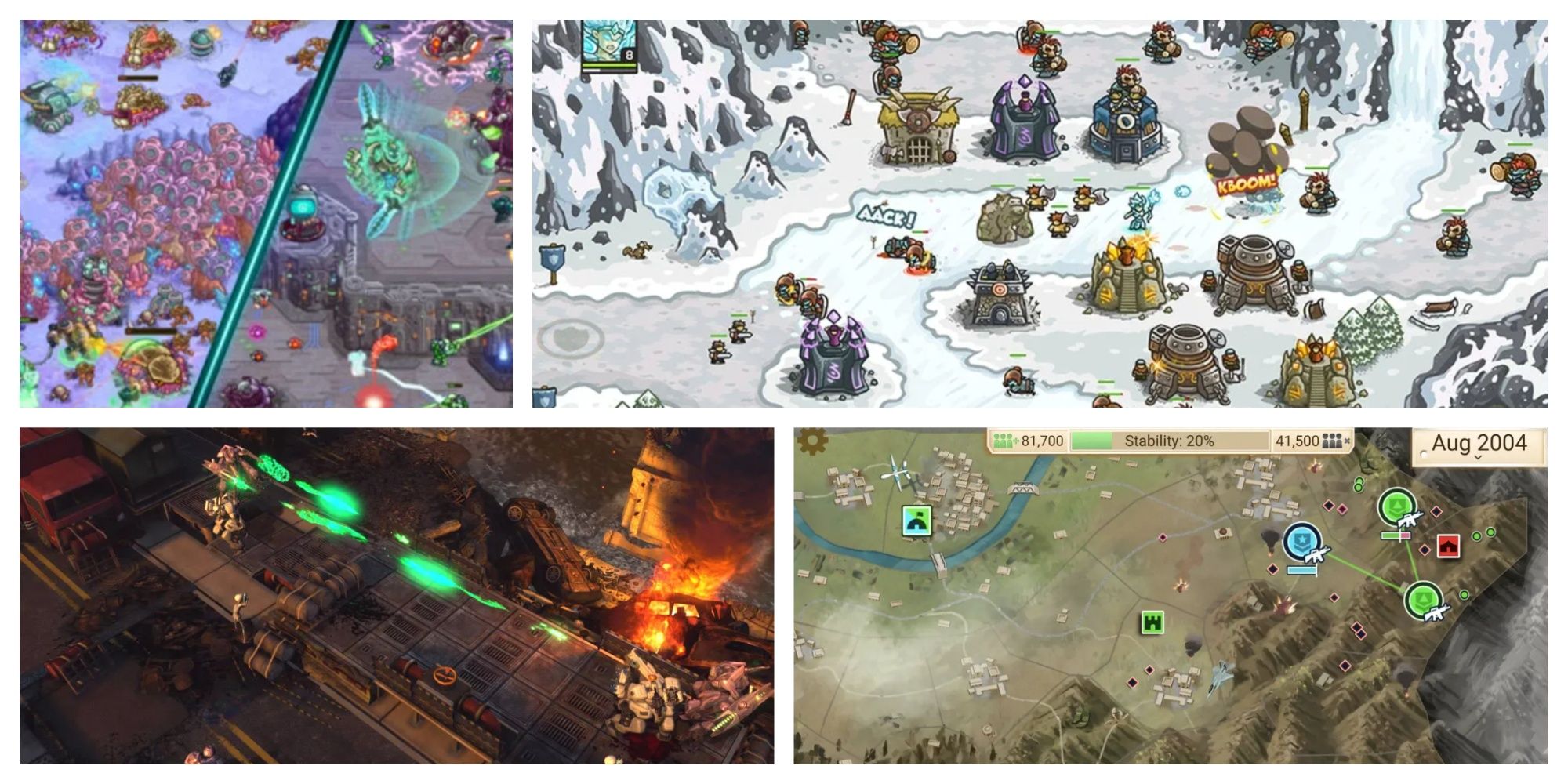
Related
Best Offline Mobile Strategy Games, Ranked
Offline mobile strategy games are great fun during a long flight or a road trip. Here are some of the best titles in this genre.
It was a full-blown cultural phenomenon. Players explored their neighborhoods, tracked footprints on their screen like digital hunters, and gathered at Pokestops like urban shamans.
Despite its simple pitch — catch Pokémon in real-world locations — Pokemon GO turned into something bigger. There were community events, global raids, PvP battles, and even tournaments. Over time, it added mechanics like buddy systems, weather effects, trading, and remote raids, quietly evolving into one of the most complex Pokemon experiences outside the mainline games.
For players who grew up dreaming of a world where Pokemon existed alongside them, this was the closest it ever got.
3
Lara Croft Go
A Tomb Raider Who Finally Slows Down And Thinks

Taking a franchise built around fast-paced action, wall running, and pistol acrobatics and turning it into a slow, turn-based puzzle game sounds absurd on paper. But, Lara Croft Go made it work — almost too well.
This mobile spin-off leaned heavily into minimalism. Every movement and every interaction was deliberate. Players navigated Lara through ancient ruins by moving one tile at a time, triggering traps, dodging snakes, and solving complex environmental puzzles that would make even classic Tomb Raider fans raise an eyebrow.
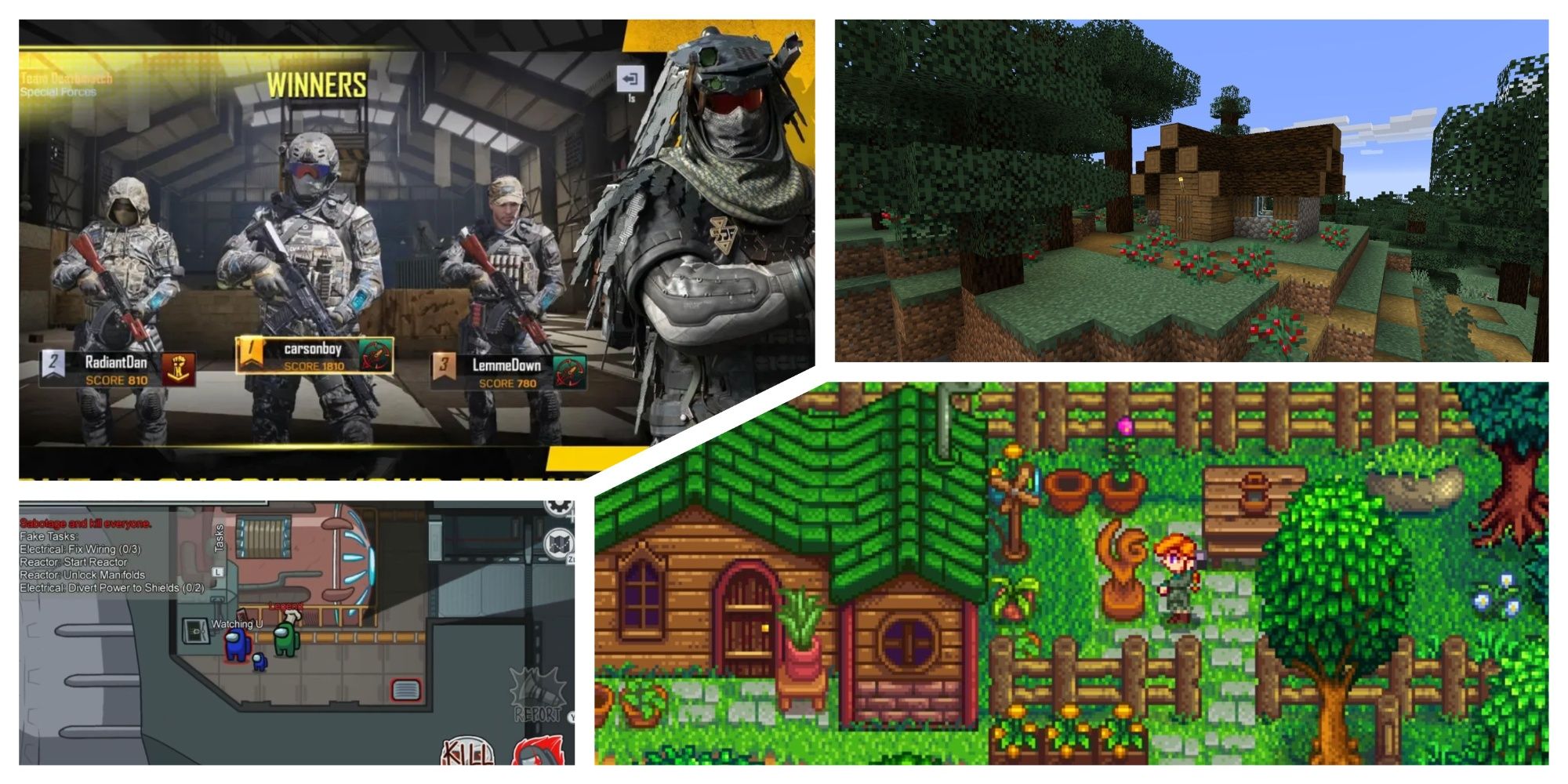
Related
Best Mobile Co-Op Games, Ranked
Mobile co-op games are great, as they allow players to take on different challenges with friends. Here are some great titles to try.
What Lara Croft Go did so brilliantly was take the DNA of the series — ancient ruins, mysterious relics, and solitude — and distill it into a format that didn’t rely on twitch reflexes or cinematic set pieces. It was smart, elegant, and quietly challenging in a way that rewarded patience over speed.
And even the soundtrack — haunting, minimal, echoing with ambient dread — felt like something pulled straight from a forgotten crypt. It was one of the rare cases where slowing a franchise down actually gave it more depth.
2
Call Of Duty Mobile
When Killstreaks Came With Push Notifications
The moment Call of Duty: Mobile launched in 2019, it was clear this wasn’t some watered-down imitation. Developed by TiMi Studio Group and published by Activision, it was more than just a mobile-friendly shooter — it was a greatest hits compilation of everything players had loved across Modern Warfare, Black Ops, and even Ghosts.
The gunplay felt surprisingly tight for a touchscreen shooter, and features like loadout customization, killstreak rewards, and fan-favorite maps like Nuketown and Firing Range played just as fast and chaotic as anyone remembered. There was even a full-fledged ranked system and seasonal content updates that mirrored what was happening on consoles.
And the real kicker? A Battle Royale mode that arrived at a time when everyone was still chasing PUBG and Fortnite. Except here, it came wrapped in Call of Duty’s signature polish and pacing. It didn’t try to reinvent the wheel; it just made sure the wheel had enough attachments, perks, and operator skins to keep players grinding for months.
1
PUBG Mobile
When Chicken Dinners Became A Global Phenomenon
PUBG Mobile didn’t just ride the Battle Royale wave — it helped build the tsunami. What started as a PC game that defined the genre was suddenly in everyone’s pockets, accessible to players who had never touched a mouse and keyboard before. And shockingly, it didn’t feel like a downgrade.
The mobile version, developed by Lightspeed & Quantum Studio, kept the same 100-player matches and sprawling maps like Erangel and Miramar, and even offered gyro aiming for those brave enough to tilt their phones like steering wheels.
What made PUBG Mobile click, especially in regions like India and Southeast Asia, was how it lowered the barrier of entry. It ran smoothly on mid-range devices, added regional language support, and launched with a free-to-play model that brought in a tidal wave of new players.
And then came esports. What started as a handheld shooter grew into a competitive ecosystem, with tournaments pulling in millions of viewers, massive prize pools, and players becoming household names.
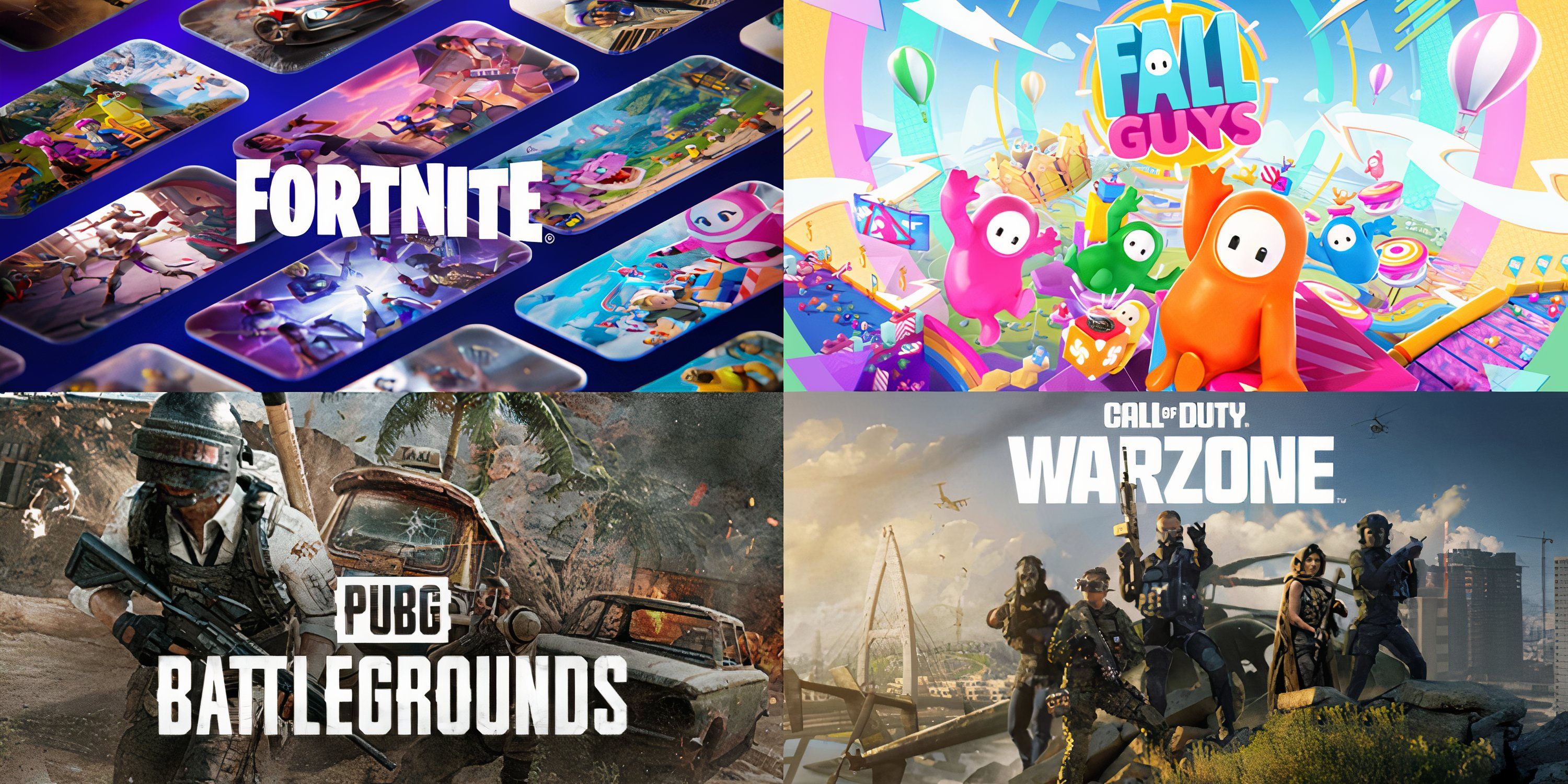
More
10 Best Battle Royale Games For Quick Matches
Battle Royale games can sometimes demand a long play session for just a single round. Not so for these fast-paced entries in the genre.


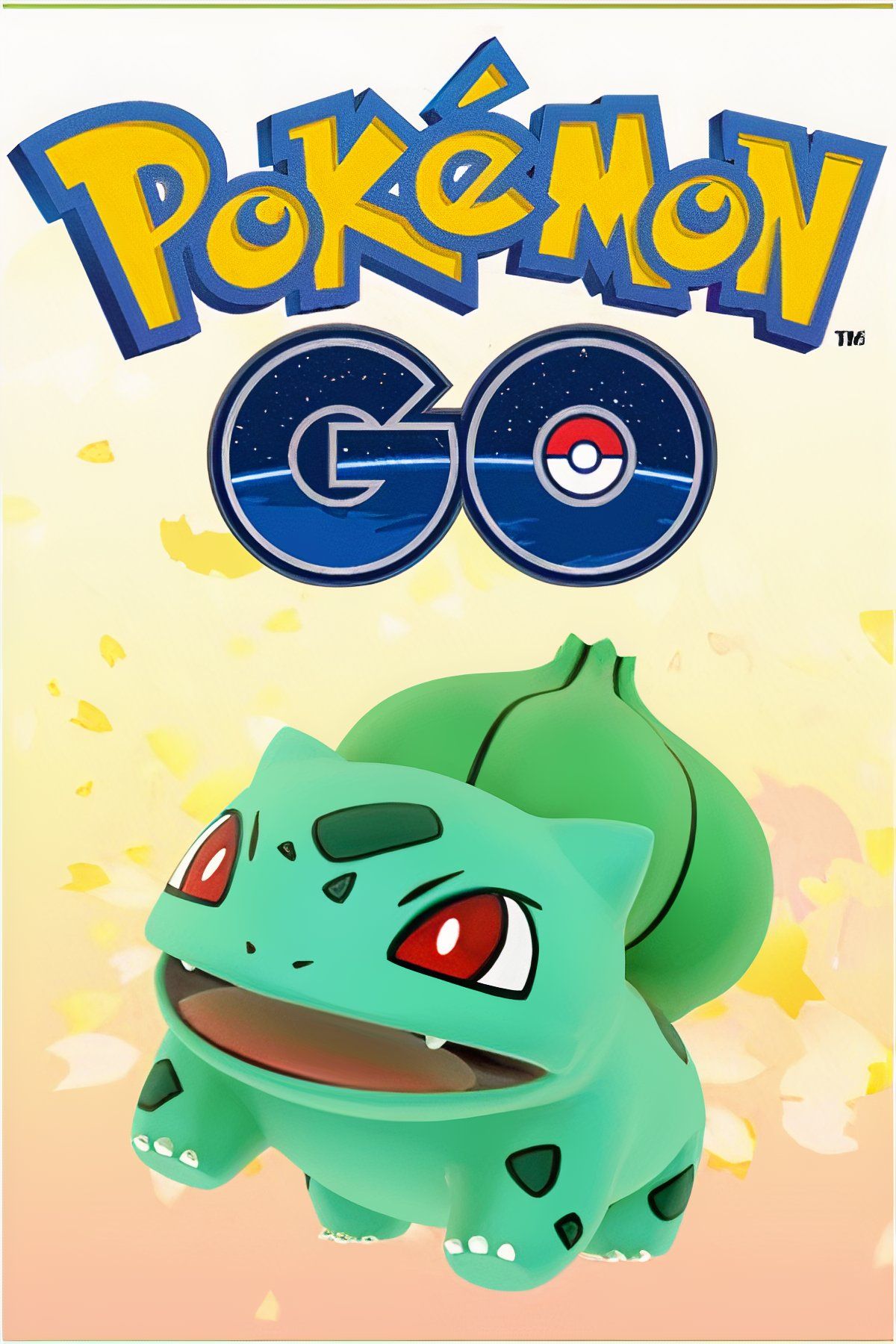
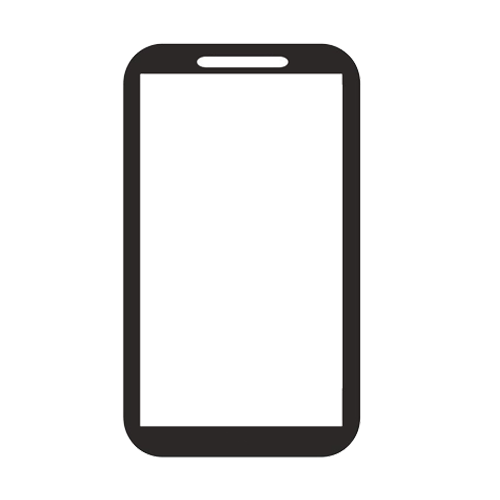







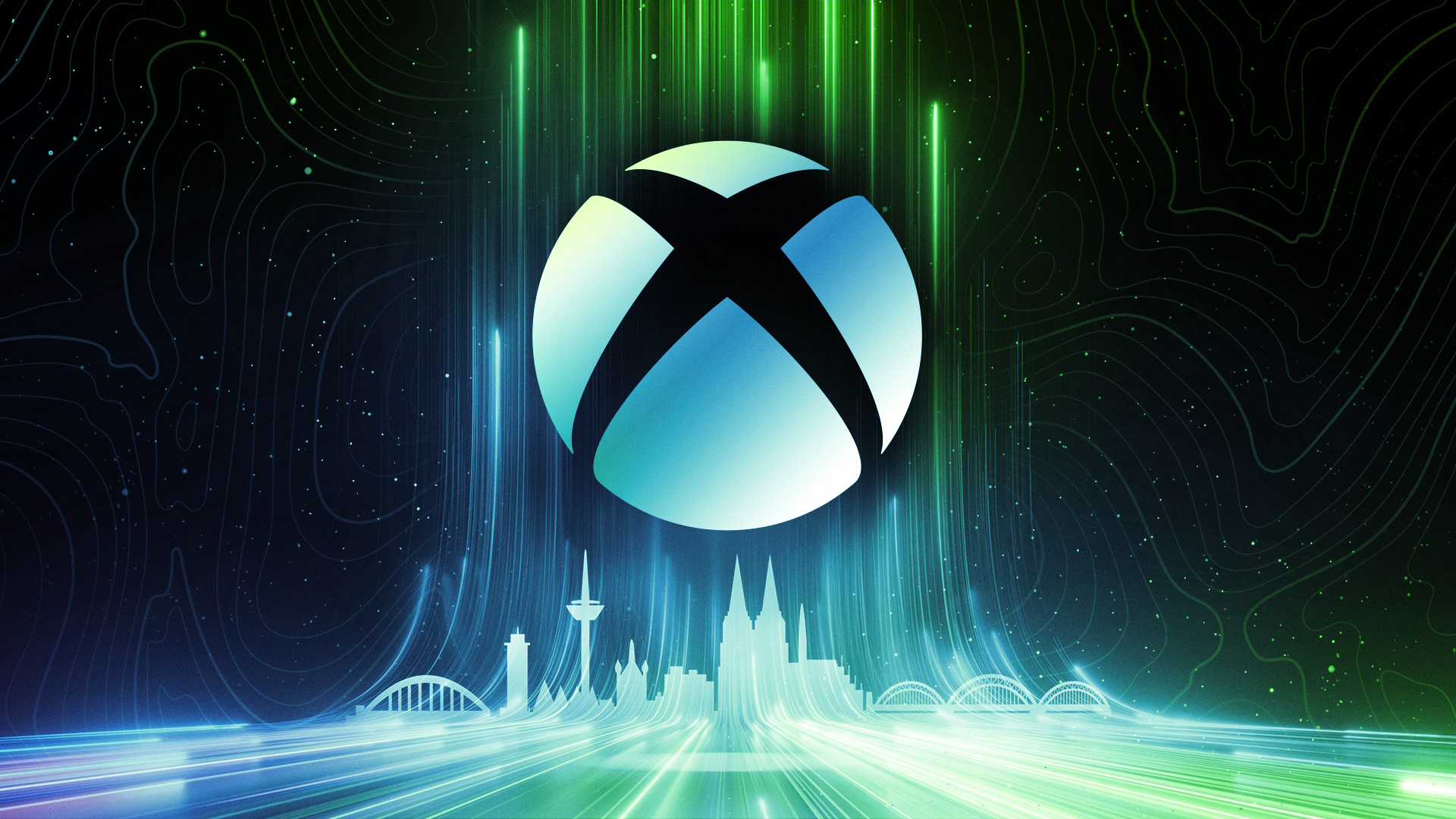




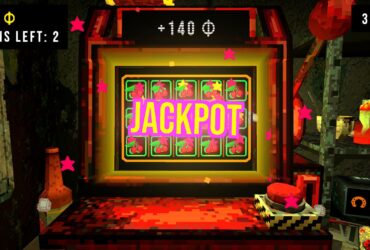
Leave a Reply